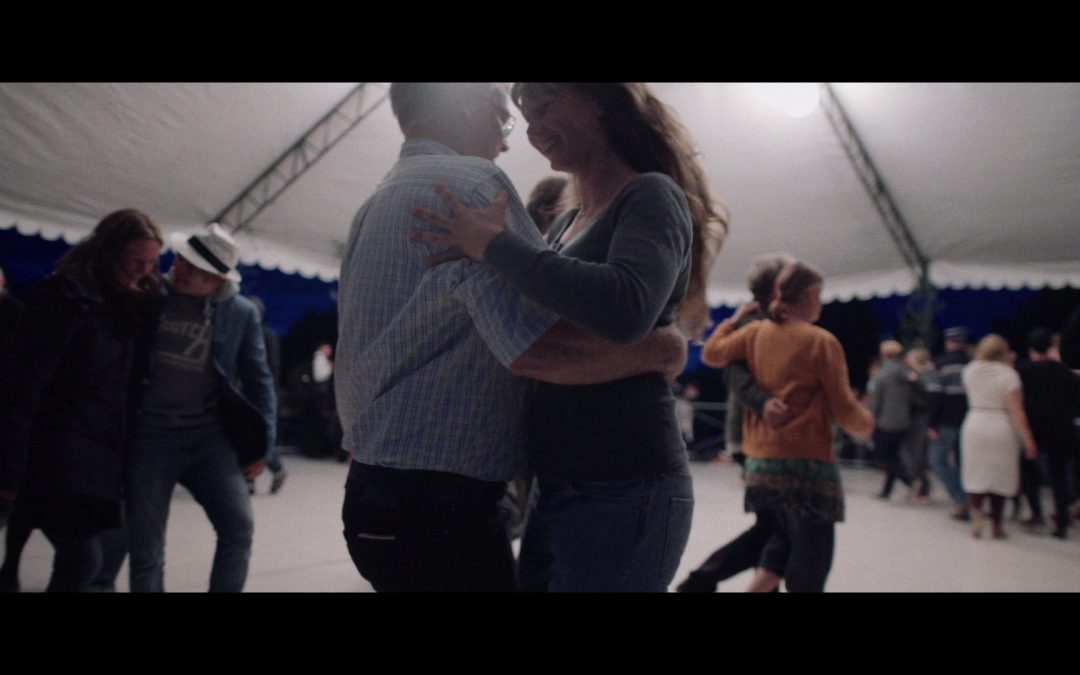There is no doubt that the polska in all its dance and music forms belongs to the mainstream of Swedish and Scandinavian folk music. Under lots of different spellings and titles, it was the dominant music and dance repertoire in Scandinavia for nearly 300 years. One purpose of this project has been to dispel some of the mystique surrounding this repertoire and to clarify some of the principal characteristics and roots in both its dance and music forms. The challenge has been to relate to the past as well as to practices in more recent times. The project has therefore had both a historical and an ethnomusicological perspective and has moved in the intersection between different types of traditional music and music for which the original source or documentation has been preserved.
There are at least 800 handwritten notebooks with polskas preserved in Sweden. These books contains alltogether more than 100.000 melodies. The oldest polskas have strong connections to the couple-dance forms of the Renaissance – influences and impulses which reach Sweden and the Nordic countries in the 1500s, and which gradually manifest in the polonaise, polska, pols and springlek. The early impulses came, by all accounts, from Poland. Polish, but also German, Slovakian and Hungarian music collections from the 1600s and 1700s can sometimes be incredibly similar to several Swedish music manuscripts and collections from both of these centuries. A great number of the oldest polska melodies in Scandinavia – nurtured with national romantic overtones as national treasures over a few hundred years – are in actual fact a part of something bigger: the great northern-European flow of melodies which partly go hand in hand with what is sometimes described as the figured couple dance.
The Polish dances are all part of the older figured couple dance’s expansion throughout Europe during the 1500s and 1600s. It is possible to observe that this seems to be closely linked with the violin’s equivalent expansion and consolidation as a significant dance-music instrument during the same period. It is therefore no exaggeration to suggest that the violin and this type of couple dance went hand in hand and that together they won new ground. It was also the violin that went on to become the Polish, German and French couple dances’ most important instrument. And not least, with time the repertoire for these dances became naturally and idiomatically linked to the violin.
What is certain is that it was in Germany that the fördans (a slow formal section in duple time) and efterdans (a more lively section in triple time) began to spread seriously to one and the same melody, which rhythmically changed from an even to an uneven time signature through a so-called proportion (proporz). Proporzes had their roots in proportion theory, highly important during the Renaissance. The way of performing dance music with a proportio in triple time became typical for almost the whole of Europe from the late 1400s to the early 1700s. Also included in this development was that they were often improvised in the moment and were rarely notated.
The generally accepted way in Germany (and in several other countries) of constructing a simple proportio (sesquialtera) meant quite simply pulling the final two quarter notes together into eighth notes. In contrast to the German method of constructing the efterdanser, a different rhythmic pattern – ”the polska rhythm” – gained a big break-through in the mid 1500s. The basic idea in Poland was to pull together the initial two quarter tones into eighth notes.
Remains of the older fördans and efterdans form (the polska suite) have in part lived on within wedding ceremonies, but it is as the independent efterdans that we recognise the polska in Sweden and in large areas of Norway (pols / springleik). When the polska dance gained popularity with the people in the 1600s, it is quite probable that there arose a sort of musical deficiency. Even if many melodies found their way by different means to Scandinavia from Poland, the 1600s and early 1700s were marked by extensive melody transformations. Ballads, songs, singing games, herding calls and even chorales were recast to create basic musical material for the new dance. Many of the melodies used for this purpose were in triple time.
The actual consolidation of the efterdans as the dominant polska form is thought to have taken place in Sweden around the turn of the 18th century. In Swedish fiddlers’ notebooks one finds hardly any references to the polska in fördans and efterdans form (dance proportion) after circa 1730. They do however appear regularly in notebooks from the start of the 1600s up to around 1725. It therefore seems to be a relatively quick and drastic change that took place in Sweden and probably other parts of Scandinavia in the decades around the year 1700.
By the end of the 1800s there had already arisen a need for the folk music researchers of the time to systematize and organise the polska melodies into different principle categories. In order to compare different melodies from notebooks and transcriptions, one or more tools were needed, which could be applied more generally to the study of types, melody transformations and concordances. With regards to the systematization and typology of polskas, a clear distinction was soon made between rhythmic and melodic analyses. To the former belongs the generally accepted categorisation throughout the entire 1900s of eighth note, sixteenth note and triplet polkas.

